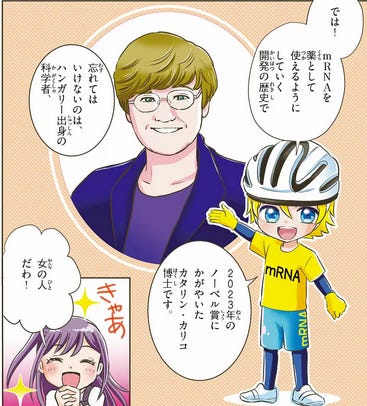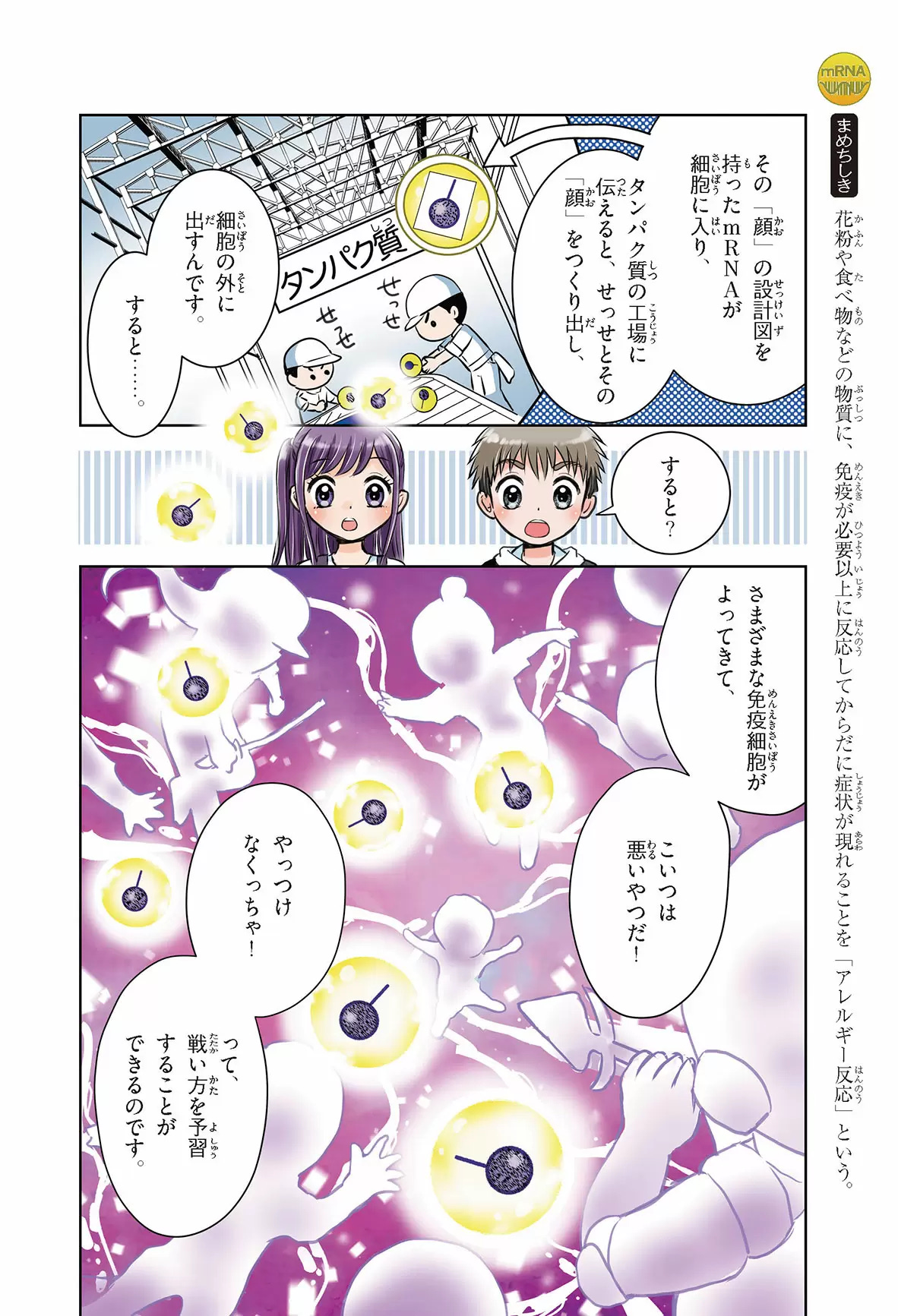子供のためのmRNA
Manga as a Messenger: Moderna targets Japanese kids with mRNA comic
As I’ve extensively documented, Japanese kids have had a pretty depressing time since 2020. But at least they have one thing to look forward to: education publisher Gakken has collaborated with Moderna to produce a new manga aimed at elementary school students called “Secrets of mRNA”.
According to the press release by Gakken and Moderna, a copy will be sent to all 20,000 elementary schools and 3200 public libraries in Japan. People who are proficient in Japanese and have nothing better to do can also read it for free on Gakken’s website. Spoiler alert: the manga unfortunately doesn’t reveal the secrets to how mRNA injections cause heart problems, menstrual irregularities, and autoimmune conditions.
The story, such as it is, starts with Haruto (the boy on the cover) going to bed with a fever. While asleep, he dreams about his immune system, portrayed as a security force, responding to an unrecognised virus.

In the dream, the security personnel lament that if only some mRNA would arrive, they’d be better able to deal with the virus. After getting better, Haruto visits his friend Reina (the girl on the cover), whose farther, as luck would have it, works for a pharma company. He then tells Haruto and Reina the basics of how naturally produced mRNA works.
Wanting to know more, Haruto and Reina visit Reina’s dad’s company, where they are taught more details about mRNA and the, er, abridged history of mRNA drug development. The explanation is partly given by mRNA Kun, a bicycle messenger (geddit?) inexplicably dressed like the Ukrainian flag. Who do think he presents as the central figure to the development of mRNA vaccines? The answer is obviously original inventor Robert Malone Katalin Karikó! Reina is overjoyed to learn that a women helped lead the way.

The manga fails to mention that Karikó shared the Nobel Prize with Drew Weissman, so Malone isn’t the only man to have his achievements overlooked.
To be fair, the manga doesn’t explicitly claim Karikó invented the technology. It does, however, explain the main contribution of Weissman and Karikó: swapping synthetic pseudouridine for uridine to suppress the inflammatory adverse reactions.
Well, not all inflammatory reactions, obviously.
The manga also explains how mRNA shots turn your body into a factory that produces proteins that your immune system then attacks.

But the manga omits to mention that these factories can keep producing these proteins long after they were supposed to be shut down.
So does all this simplified science make Haruto and Reina want to get some mRNA injected into them? Oh, it’s far better than that: it makes them want to grow up to become mRNA vaccine researchers!

And of course, that’s exactly what they do.

I’d say Haruto and Reina learned the real secret of mRNA: don’t take it yourself; make money getting others to take it.
The publication of this book suggests Moderna knows a old secret to business success too: ya gotta get ‘em while they’re young.



Comments
Post a Comment